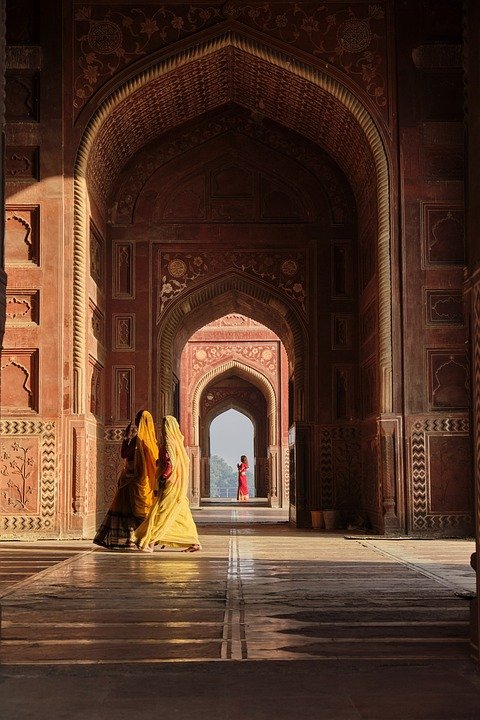Of course! Here is an article about India’s passion for cricket.
Cricket Fever: Why India’s Passion for the Game is More Than Just a Sport
In the bustling metropolises and sleepy villages of India, a common sound echoes through the air—the sharp, satisfying crack of a leather ball meeting a willow bat. It’s a sound that can halt traffic, empty offices, and unite a billion people in a single, shared emotion. In India, cricket is not just a sport; it is a religion, a language, and the unwavering heartbeat of the nation.
This phenomenon, often dubbed "Cricket Fever," is a cultural force unlike any other. It transcends the vast diversity of language, religion, and social strata that defines India. When the Men in Blue take the field, the nation collectively holds its breath. A perfectly timed cover drive from Virat Kohli can elicit a symphony of cheers from Mumbai to Kolkata, while the fall of a crucial wicket can plunge the entire country into a somber, reflective silence.
But where did this all-encompassing passion originate?
From Colonial Pastime to National Identity
Cricket was introduced to India by the British, a legacy of its colonial past. For decades, it remained an elite pastime. The turning point, the moment that transformed cricket from a popular sport into a national obsession, was the 1983 Cricket World Cup. Under the charismatic leadership of Kapil Dev, an underdog Indian team defied all odds to lift the trophy at Lord’s, the hallowed home of cricket.
That victory was more than just a sporting achievement; it was a profound statement. For a young, post-colonial nation, it was a symbol of triumph on the world stage, a validation that India could not only compete with its former colonizers but beat them at their own game. This single event ignited the dreams of millions and cemented cricket as a vehicle for national pride.
The Grassroots: From Gullies to Stadiums
The soul of Indian cricket lives not just in the colossal stadiums but in the narrow bylanes and dusty parks, a phenomenon known as "gully cricket." Here, with makeshift wickets—often a stack of bricks or a school bag—and a worn-out tennis ball, the rules are flexible, but the passion is absolute. Every child playing in these gullies imagines themselves hitting the winning six in a World Cup final. It is here that the next generation of heroes is forged in spirit, if not always in practice.
These grassroots dreams are fueled by the pantheon of cricketing "gods" the country has produced. For two decades, the nation was mesmerized by Sachin Tendulkar, a man whose name was chanted like a prayer. His retirement brought a wave of national mourning. Following him came MS Dhoni, the cool-headed captain who brought home multiple trophies, and Virat Kohli, the aggressive, passionate superstar who embodies the modern, confident India. These players are not just athletes; they are icons, role models, and their stories of struggle and success are a source of inspiration for millions.
The IPL: A Modern Carnival of Cricket
The advent of the Indian Premier League (IPL) in 2008 supercharged the nation’s cricket fever. This glitzy, fast-paced, franchise-based tournament blends sport with Bollywood glamour and high-stakes business. For two months every year, the IPL dominates prime-time television and public conversation. It has created new city-based allegiances, pitting friend against friend in friendly rivalries, and has made cricket a year-round spectacle. The league has not only made cricketers into multi-millionaires but has also provided a global platform for young, undiscovered talent to shine.
More Than a Game
Of course, this intense passion has a flip side. The pressure on the players is immense, carrying the weight of a billion expectations. A single loss can lead to harsh public scrutiny and vitriol, a stark reminder of how deeply personal the game is to its fans.
Ultimately, to understand India is to understand its relationship with cricket. The sport is the nation’s great unifier, its primary topic of conversation, and its most reliable source of collective joy and despair. It is a story of hope, identity, and a shared dream that connects a farmer in Punjab with a software engineer in Bengaluru.
So, the next time you see a group of people huddled around a smartphone screen on a busy street or hear a sudden roar erupt from an entire neighborhood, you’ll know. The fever is on. Cricket isn’t just being played; it’s being lived.

